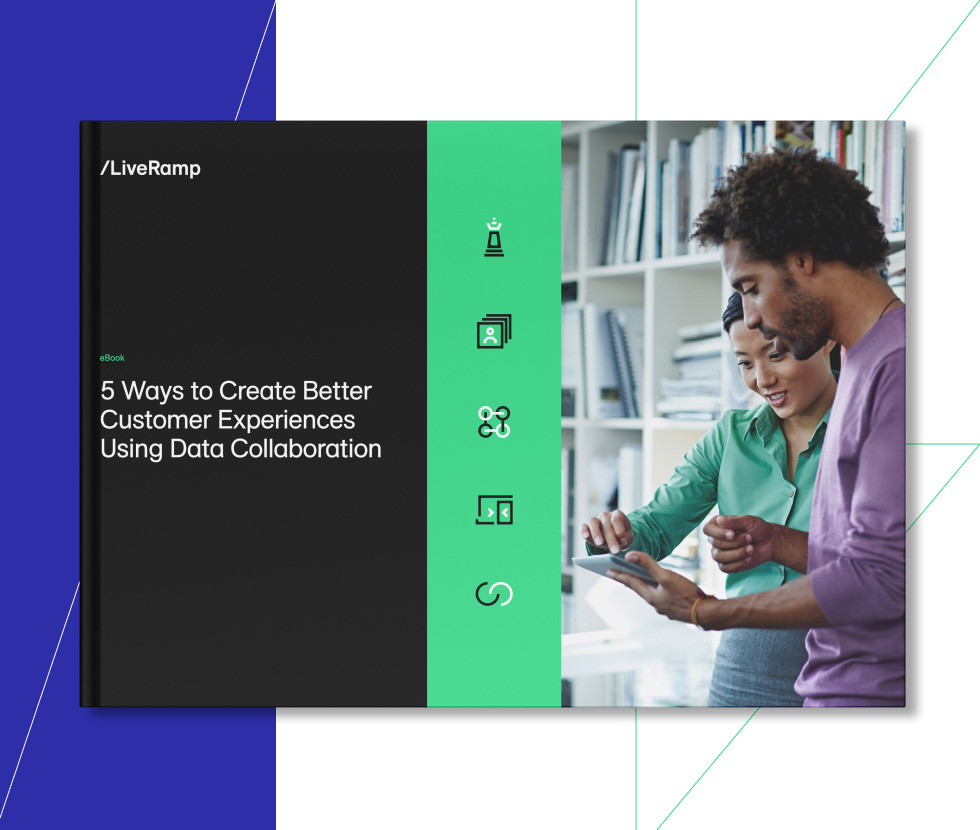In Part 1 of our ABM (account-based marketing) series, we discussed creating and obtaining account lists as the first step to any ABM program. Next, we’ll look at understanding the audiences that make up those account lists by establishing a set of rules known as audience governance.
An audience governance model is a set of guidelines that sets the framework for naming conventions, meaning how to classify audience and persona types, among others.
Why does audience governance really matter?
Audience governance enables marketers to orchestrate and understand the audience makeup within a list. This aids optimization of account-based audience data, preventing over saturation of messaging to companies, and enables better measurement of revenue contributions based on specific companies and personas.
Implementing these guidelines helps streamline your B2B marketing campaigns while also identifying other marketing opportunities for the same audience.
Understanding the foundation for governance
Before beginning to establish audience governance, marketers must analyze the audience foundation to determine the structure. Here are some important questions to consider:
- Data sources: Which data partners are being used? Are there any gaps in the data?
- What is the ratio of first- and third-party data used? Can data types be resolved?
- Updates: How will audience and account data be updated
- Privacy and security: Does the audience contain any directly identifiable personal data?
- Activation and measurement: What are the activation points? Can you measure audience or account engagement across channels?
Once you have a clear understanding of the foundational components of your audience, you can then begin to create audience governance rules.
Establishing guidelines for your audience
When looking to organize your account-based audiences or B2B data assets, it’s essential to set ground rules to ensure you’re targeting and measuring the right audiences. Some examples of common governance rules include:
- Naming conventions: Vocabulary may vary by department, but naming conventions ensure all naming matches across the board.
- Account grouping: Establish definitions of how you would classify various organizations (e.g. which metric would you use to consider a company “mid-market”?)
- Progression: Determine how audiences are being tagged and treated as they move through the marketing funnel.
- Taxonomy:Ensure the structure and hierarchy of your audiences is well outlined and documented.
Marketers who stick to the audience governance rules they establish can ensure consistency across their marketing initiatives and provide the optimal customer experience.
B2B marketing is already complex. Savvy marketers are considering things like firmographics, technographics, position in the sales cycle, buying committees, mergers and acquisitions, and even the current economic environment. But once these audience governance rules and definitions are established, B2B marketers will begin to see how to attribute audiences and their behaviors to the sales pipeline, tying them to their target accounts. Marketers who are looking to personalize experiences for customers and prospects will also find that a governed audience structure helps determine which experiences can and should be tailored.
Before beginning any ABM campaign, ensure you’ve established a strong data foundation with audience governance. To learn more about how LiveRamp B2B’s Audience Solutions experts can help marketers construct custom audiences for account-based marketing or other B2B marketing use cases, reach out to [email protected].
